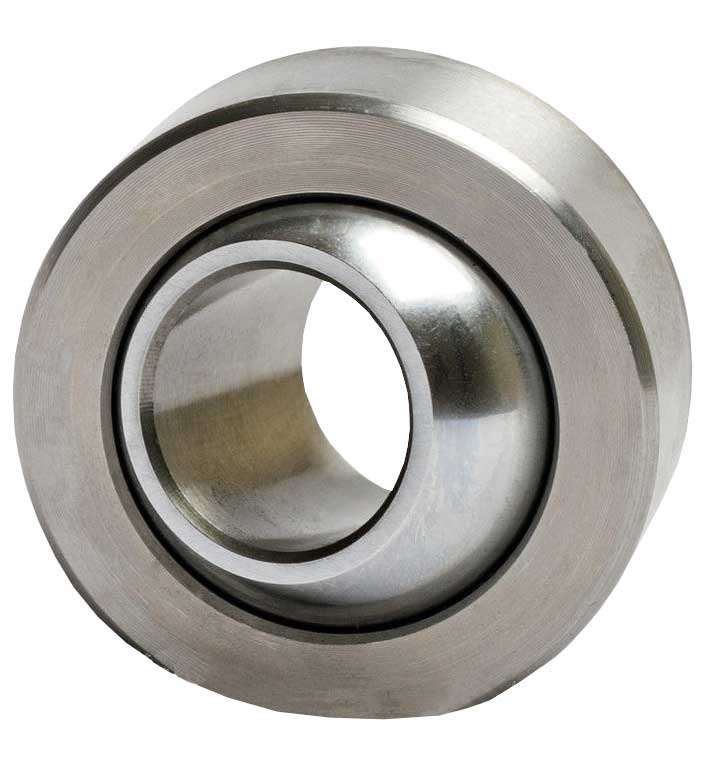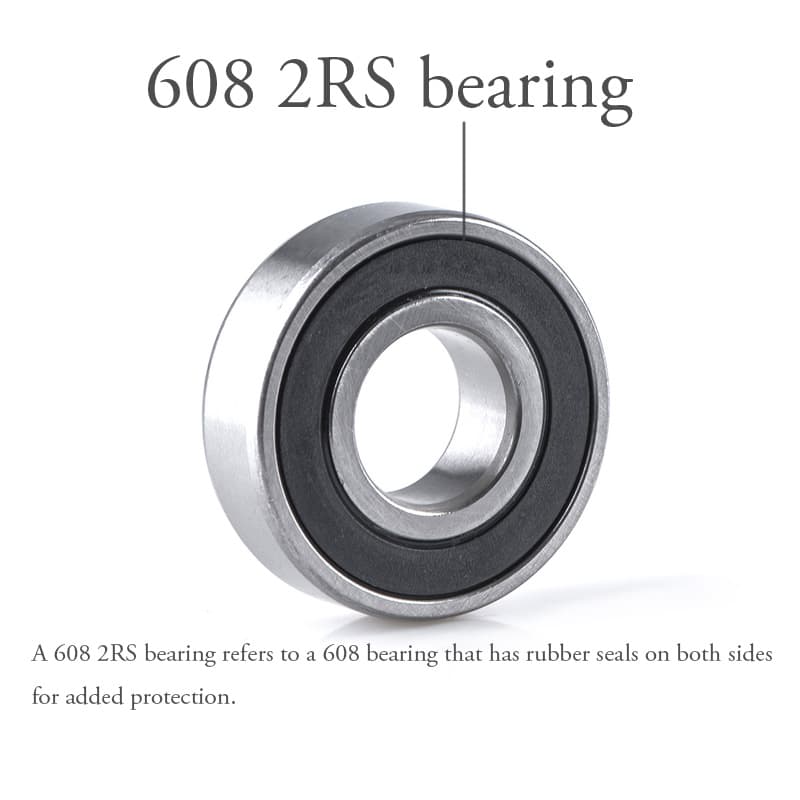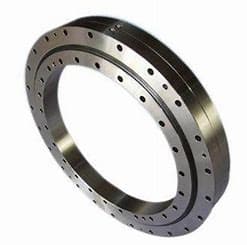How Are Ball Bearings Made?
Ball bearings are unsung heroes of the industrial world, playing an indispensable role in the smooth operation of machinery across a multitude of...

Ball bearings are vital in reducing friction and enabling smooth operation in machinery. Choosing the right material for bearing balls is essential for optimizing performance and longevity. In this blog, we'll compare Steel vs. Silicon Nitride Balls, two widely used materials. By examining their differences in composition, mechanical properties, and performance, you'll gain insights to make the best choice for your application.
Steel balls are typically made from chrome steel or stainless steel. Chrome steel is known for its hardness, while stainless steel provides corrosion resistance. The manufacturing process involves forging the steel, followed by heat treatment to increase its hardness. Afterward, the balls are ground to achieve a high degree of precision and smoothness.
Silicon nitride balls are made from ceramic material, specifically silicon nitride, known for its hardness and lightweight properties. Manufacturing silicon nitride balls requires sintering—heating the material without melting it to form a solid mass. After sintering, the balls undergo precise grinding to ensure their smooth surface and dimensional accuracy.
When it comes to hardness, silicon nitride balls outperform steel balls significantly. Silicon nitride balls have a hardness rating of around 1,400 Vickers, while steel balls typically range from 600 to 700 Vickers. This higher hardness makes silicon nitride balls more resistant to wear and surface damage.
Silicon nitride balls are not only harder but also more durable than steel balls. Their toughness allows them to endure higher loads and harsher conditions without deforming. Steel balls, though strong, can wear out more quickly under high-stress environments, leading to more frequent replacements.
A key difference between steel and silicon nitride balls is their weight. Steel balls are denser, making them heavier. In contrast, silicon nitride balls are about 60% lighter. This difference in density is important for applications where reducing weight is critical, such as in aerospace or high-speed machinery.
Both materials are ground to precision during manufacturing. However, silicon nitride balls offer lower friction coefficients compared to steel. This means silicon nitride balls roll more smoothly and generate less heat, making them more efficient in reducing wear and tear in bearings.
The following table briefly summarizes the Mechanical Properties of steel vs. silicon nitride balls:
|
Property |
Steel Balls |
Silicon Nitride Balls |
|
Hardness (Vickers) |
600-700 |
~1,400 |
|
Strength & Durability |
Strong but wears out faster |
More durable, withstands higher loads |
|
Density |
Heavier |
60% lighter |
|
Friction & Surface Smoothness |
Higher friction, less smooth |
Lower friction, smoother rolling |
Steel balls are widely used in industries where cost-effectiveness and availability are essential.
Common applications include:
Steel balls perform well in low to moderate temperatures and environments that don’t involve corrosive substances.
Silicon nitride balls are favored in more demanding applications. They are commonly used in:
Their lightweight nature, high strength, and ability to withstand extreme conditions make them the preferred choice for advanced engineering solutions.
When comparing steel vs. silicon nitride balls, it’s clear that both materials have their strengths and weaknesses. Steel balls are a cost-effective solution for standard applications, but they are limited by their weight, corrosion susceptibility, and reduced performance in high-temperature environments. Silicon nitride balls, while more expensive, offer superior durability, corrosion resistance, and performance in extreme conditions.
Choosing between steel and silicon nitride balls depends on the specific needs of your application. For industries that demand high performance, reliability, and reduced weight, silicon nitride balls are the better option. However, for general industrial use where cost is a key factor, steel balls remain a reliable and affordable choice.

Ball bearings are unsung heroes of the industrial world, playing an indispensable role in the smooth operation of machinery across a multitude of...

In the world of advanced engineering materials, silicon nitride balls have emerged as a groundbreaking solution. These precision-crafted spheres have...

Ball bearings are small yet pivotal components in the realm of modern machinery and technology. This blog delves into the intriguing history behind...